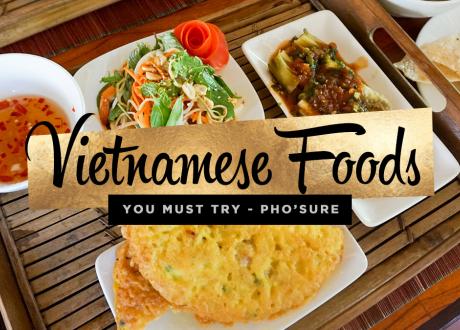Thanks in part to its serpentine shape and lengthy coastline, Vietnam is home to wildly diverse landscapes. Traveling around the Southeast Asian country, you'll be surrounded by photogenic scenery -- from lush rice terraces in northern Sapa to the white sandy beaches of Phu Quoc.
Now take a look at 10 incredibly beautiful places in Vietnam that you should not miss:
Source: CNN Newspaper
1. Sapa
The mountainous region located in Lao Cai Province lures adventure travelers who appreciate fresh air, magical waterfalls, rice terraces, cultural homestays, bamboo forests and challenging hikes. The area is home to Vietnam's highest summit, Fansipan Mountain, which stands at 10,311 feet tall.
The best time to visit is April and May, right before the rainy summer season.
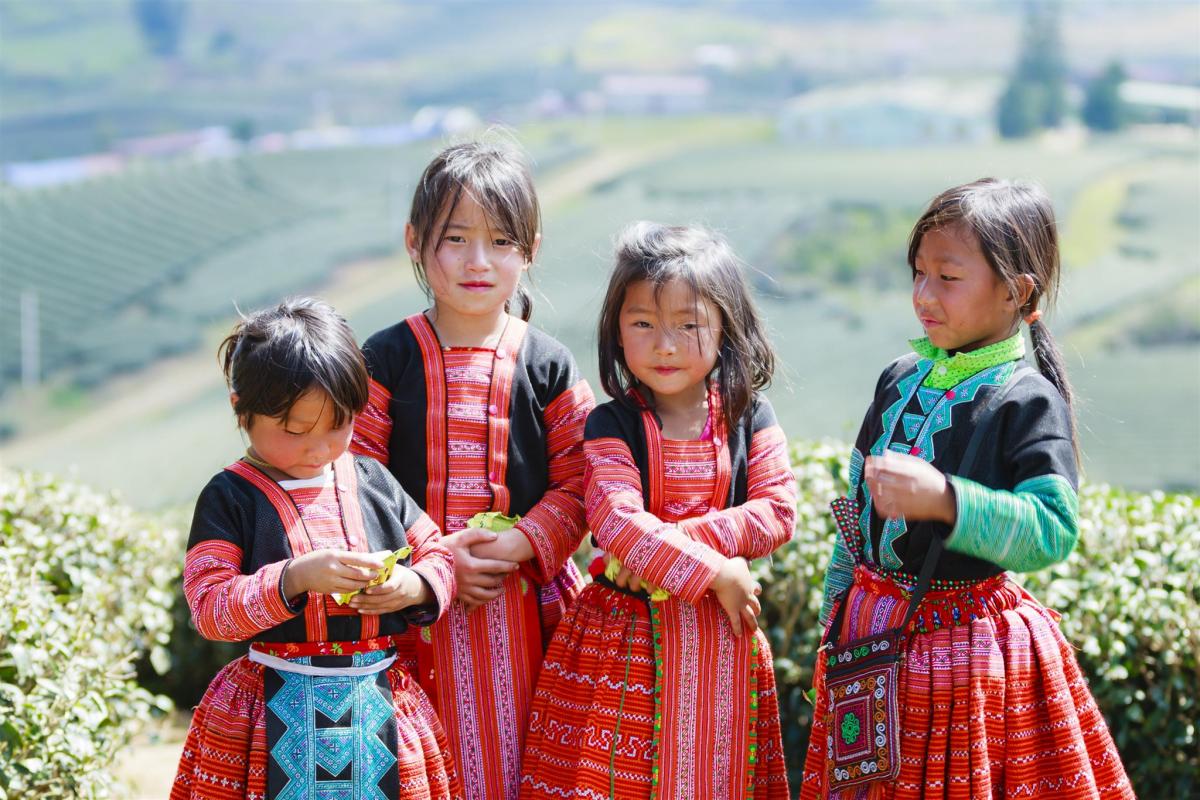
2. The One Pillar Pagoda - a symbol of Hanoi
Situated in the heart of the capital city of Hanoi, the One Pillar Pagoda was built in 1049 to resemble one seen in Emperor Ly Thai Tong’s dream, this dream like Buddhist temple appears to float above a lotus pond. It is built of wood and stands on a small single pillar, the temple is designed to look like a lotus blossom and has ornate beautifully painted carvings. The One Pillar Pagoda we see today is a reconstruction of the original which was destroyed in war.
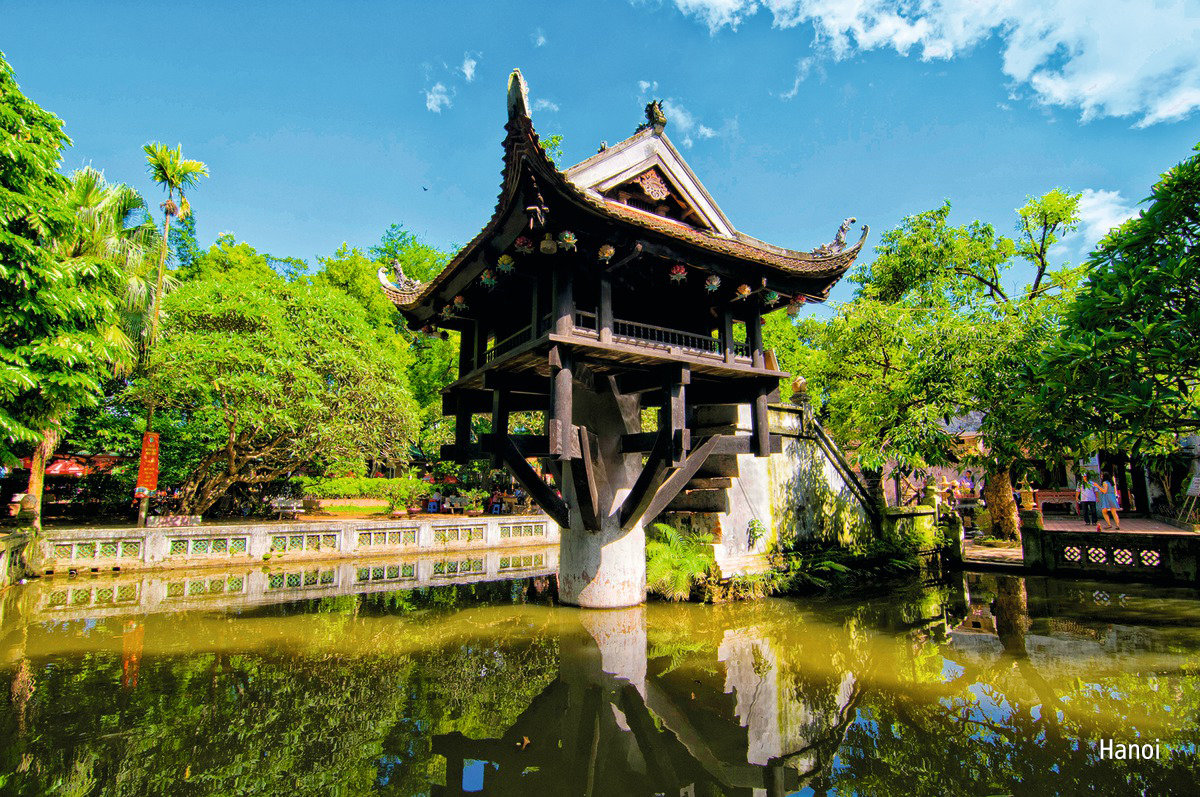
3. Hanoi Opera House
Erected by the French colonial administration between 1901 and 1911, Hanoi's Opera House was modeled on the Palais Garnier in Paris and is one of the architectural landmarks of Hanoi. Nowadays, the Opera House hosts a variety of events, ranging from classical concerts and operas to contemporary stage performances and folk music by Vietnamese artists. The largest theater in Vietnam, its audience's hall has a capacity of 600 seats.
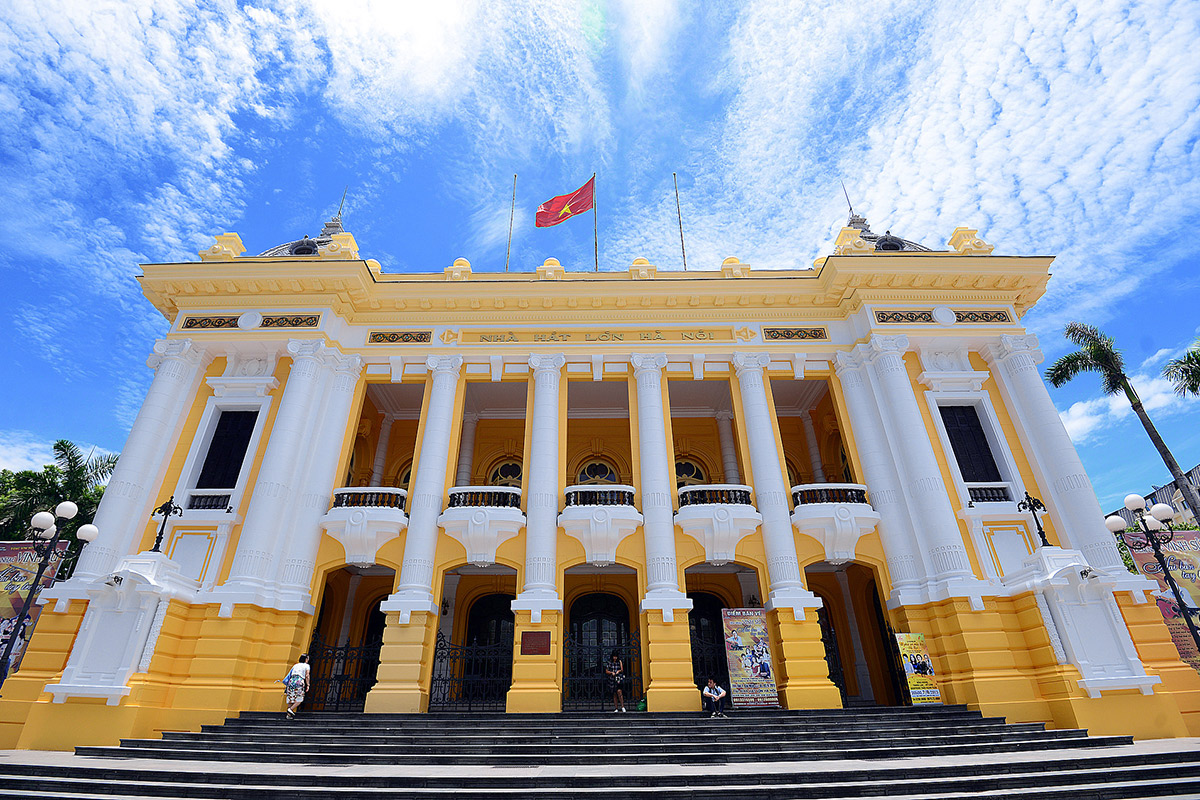
4. Halong Bay
Named a UNESCO World Heritage Site in 1994, Halong Bay is home to thousands of craggy karst rock formations, grottoes and islands -- most easily explored on an overnight cruise. Not surprisingly, the photogenic landscape draws millions of travelers to Northeastern Vietnam every year.
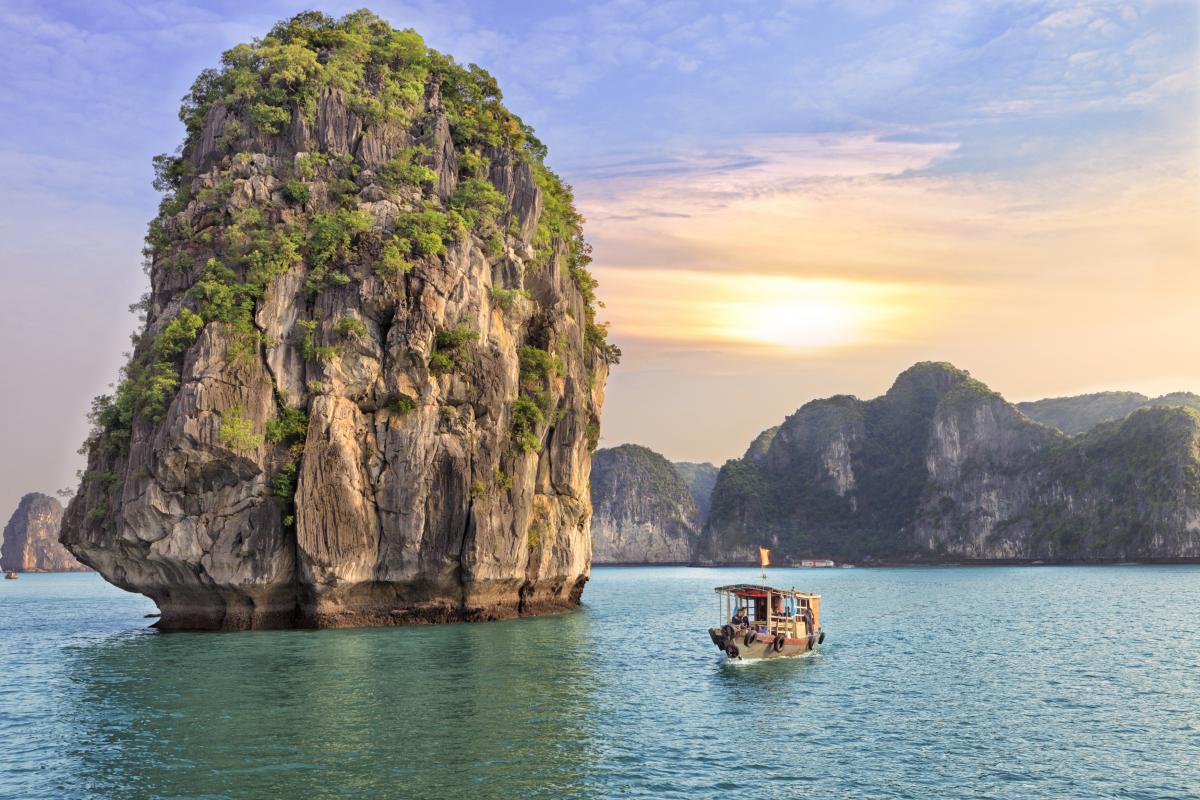
5. Phu Quoc Island
On the map, Phu Quoc Island is actually closer to Cambodia than Vietnam. This unspoilt oasis is ringed by white-sand beaches. From there, it's all tropical jungles, white beaches, snorkeling, diving, kayaking and island-hopping around the 20-some uninhabited islets nearby.
The best time to visit is from October to April, right before the rainy summer season.
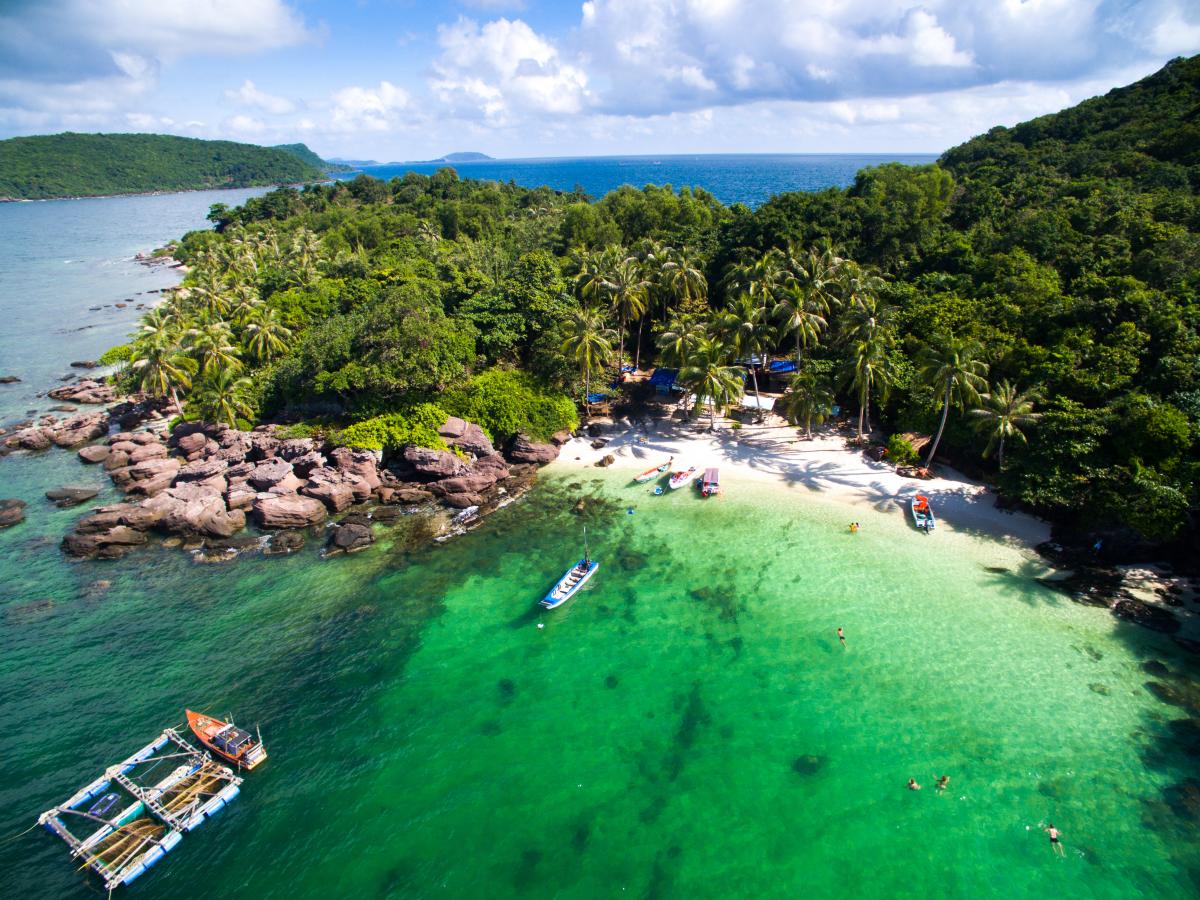
6. Hoi An
Located on Vietnam's central coast, Hoi An is one of the country's top tourist destinations. But the steady stream of travelers doesn't take away from the charm of this 15th-century trade port. A UNESCO World Heritage Site, Hoi An's Old Town is brimming with handmade lanterns, rickshaws, graceful low-rise merchant houses, tailor shops, fresh markets and hole-in-the-wall eateries that will transport you to a bygone era.
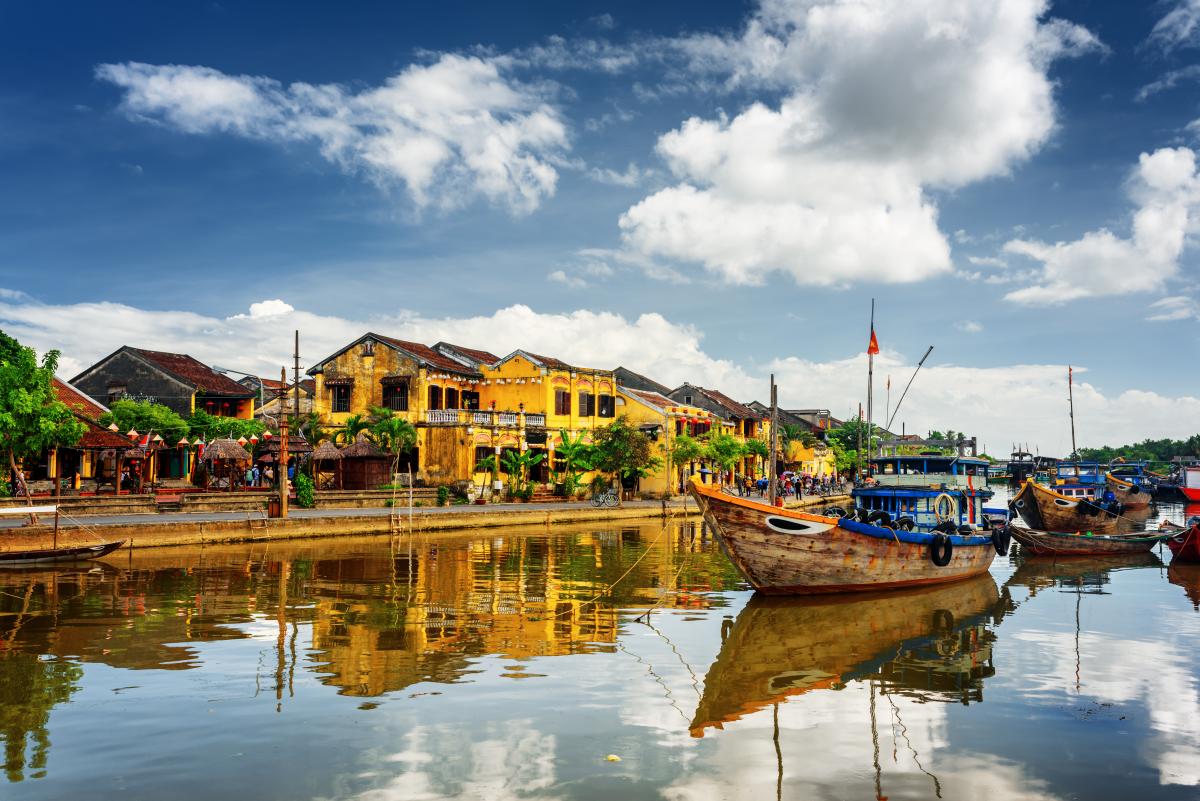
7. Hue
Sitting on the banks of the Huong River in Central Vietnam, Hue served as the capital during the Nguyen Dynasty, from the mid-1500s until 1945. The city still remains the historic and cultural epicenter of Vietnam, retaining its imperial feel thanks to a clutch of royal palaces, shrines and theaters all housed in the UNESCO Complex of Hue Monuments. One of the top landmarks is the 19th-century Thien Mu pagoda, pictured here.
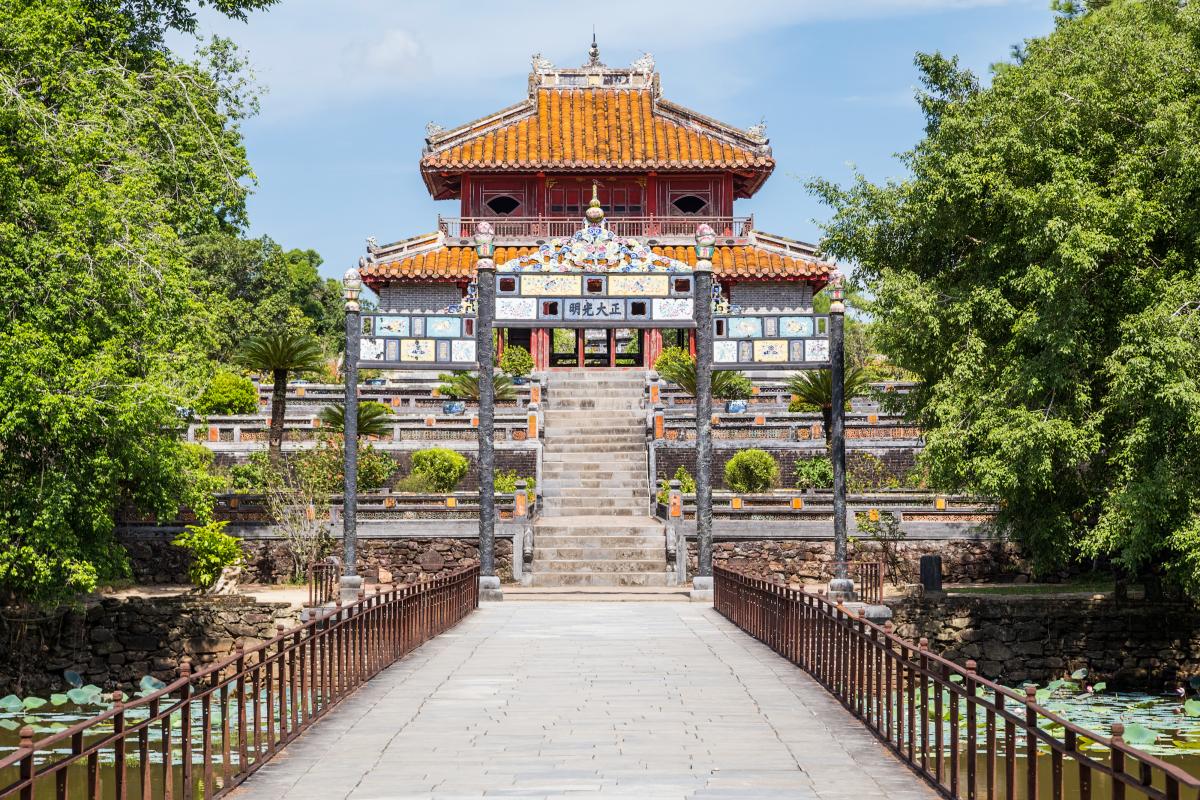
8. Dalat Central Highlands
Sitting at an elevation of 4,900 meters above sea level, Dalat has become synonymous with misty valleys and its "eternal springtime" climate. The city itself is all French boulevards and colonial-era architecture, but the surrounding landscapes are the real draw. The natural landmarks range from rolling mountains to dense pinewood forests, sinuous roads and powerful waterfalls.
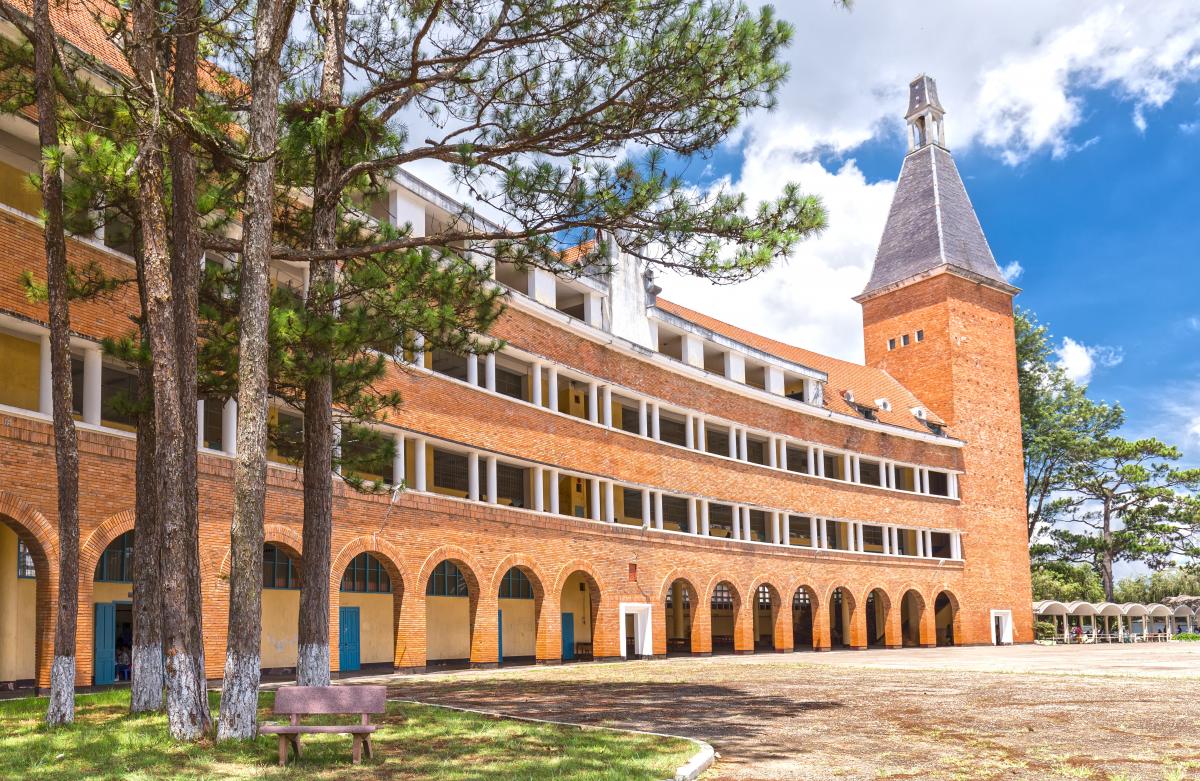
9. Saigon Notre-Dame Cathedral Basilica
At the heart of Ho Chi Minh City's historic District 1, the 200-foot-tall (60-meter) Notre Dame Cathedral towers above a field of sunflowers. Constructed from 1863-1880 by French colonists, the neo-Romanesque architecture style and dramatic spires recall the namesake cathedral in Paris. The landmark is currently undergoing renovations, and is expected to re-open to travelers in 2019.
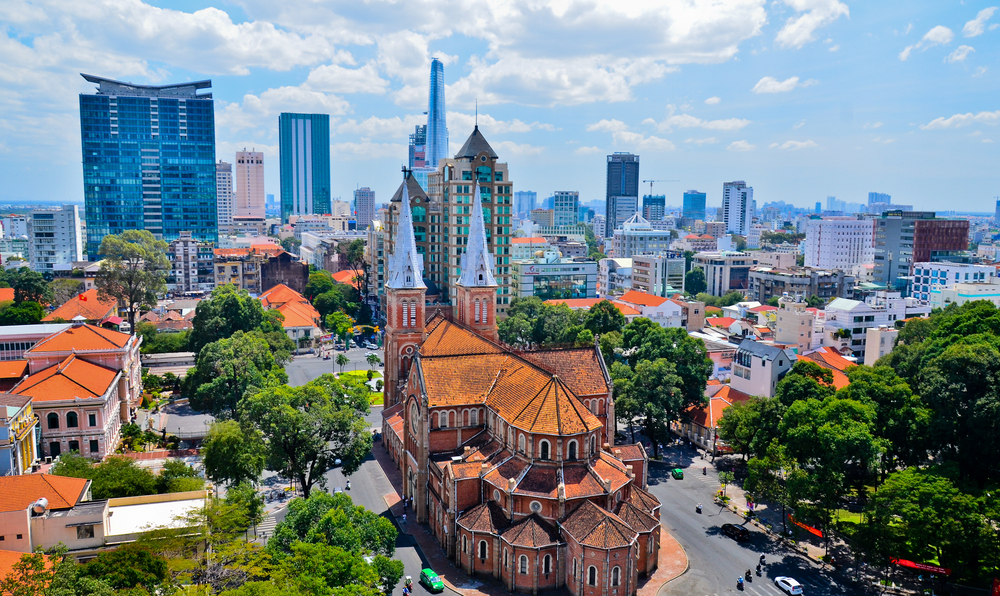
10. The Mekong Delta
A vast sprawling delta through which the Mekong River makes its last push to meet the South China Sea, the landscape here is a lush maze of languid waterways and mangrove forests. This fertile region is Vietnam’s rice bowl and travellers flock to atmospheric floating markets to watch produce being hawked from colourful boats bathed in early morning light.
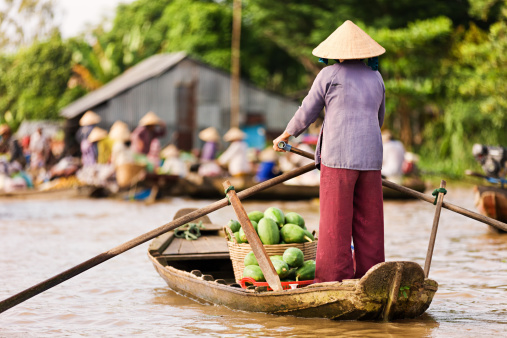
Source: CNN Newspaper.
-
Remarkable things to know before travelling to VietnamPrevious
-
9 dishes you must try when travelling to VietnamNext



